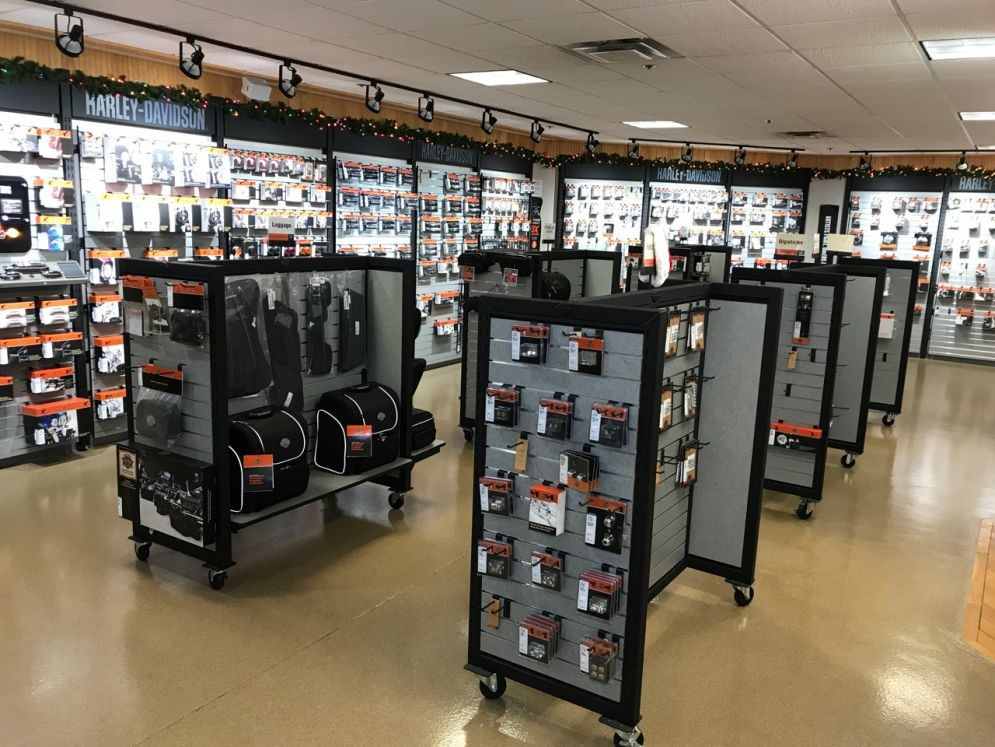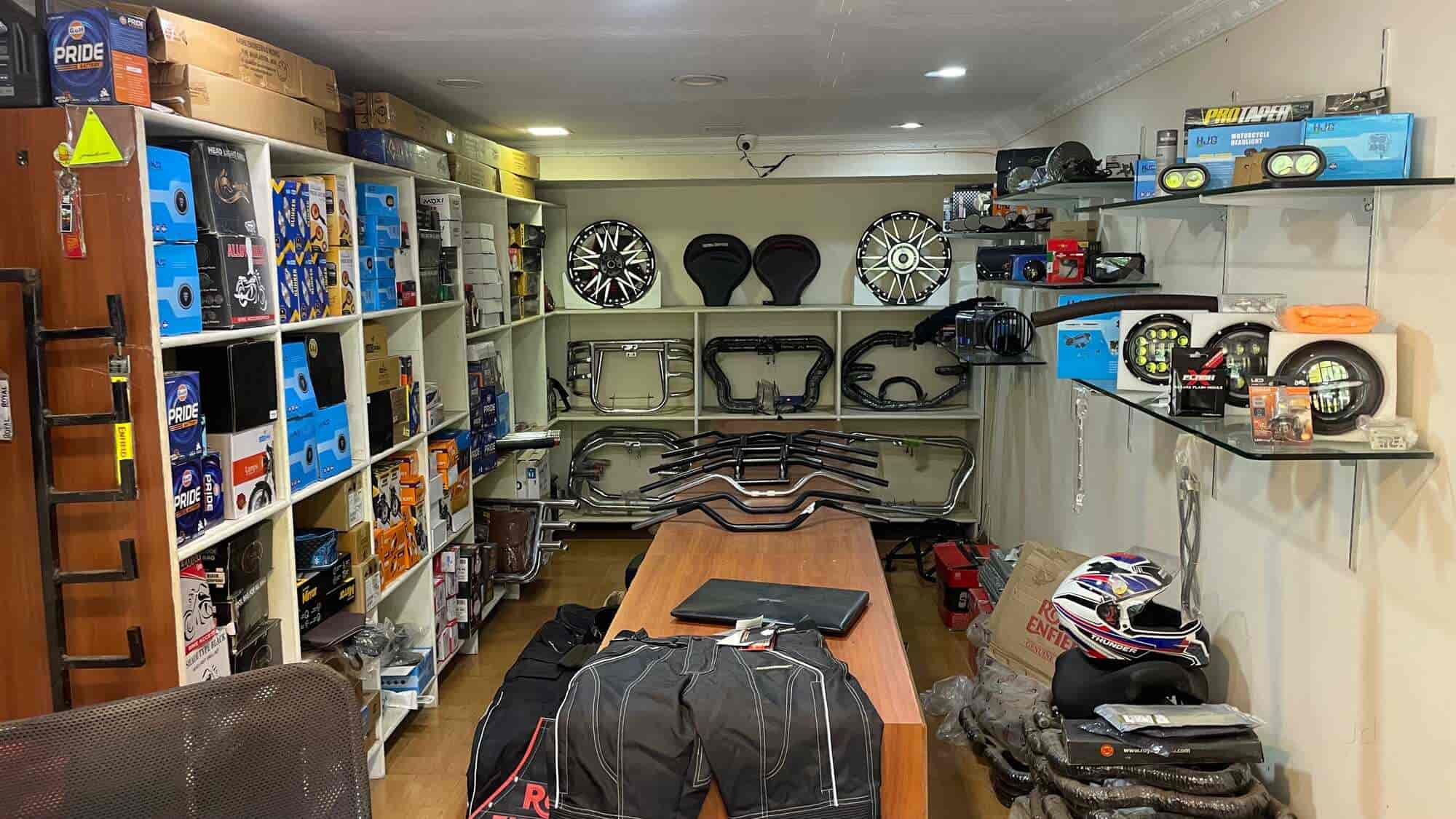Check Out the current Motocross Gear NZ for each Degree of Rider
Check Out the current Motocross Gear NZ for each Degree of Rider
Blog Article
Grasping Bike Gears: How to Enhance Your Riding Experience
In the realm of motorcycling, grasping the art of gear manipulation is critical for enhancing your riding efficiency. Appropriately using and comprehending bike gears can significantly affect acceleration, fuel, and control performance, changing an average ride into a smooth, thrilling trip.
Comprehending Equipment Mechanics
At the core of motorbike dynamics, equipment auto mechanics play an essential role in converting engine power right into motion, eventually determining rate and control. The equipment ratios, thoroughly made, figure out the partnership between engine transformations and wheel turns, impacting acceleration and fuel performance.
Recognizing equipment technicians starts with recognizing the value of the gearbox, which houses numerous gears of varying sizes. These equipments connect through a procedure called meshing, where teeth of various equipments engage to send power. The accuracy of this interaction is important; any imbalance or damage can bring about ineffective power transfer, preventing efficiency. Additionally, the plan and size of gears affect the motorcycle's capacity to deal with various tons and speeds.
In addition, the concept of equipment moving is essential to making best use of performance. Smooth and prompt changes guarantee that the engine operates within its optimal power band, avoiding unneeded pressure and boosting longevity (mx parts nz). By understanding these mechanical ins and outs, riders can attain an unified blend of power, control, and performance, elevating their riding experience
Timing Your Changes
Change timing mastery is important for optimizing motorcycle performance and improving the riding experience. Correctly timed shifts guarantee that the engine runs within its optimum power band, which is important for keeping control, accomplishing smooth velocity, and ensuring the long life of the motorbike. Motorcyclists have to develop an intuitive sense of when to move gears, which entails recognizing the connection in between engine revolutions per minute (RPM) and rate.
To master shift timing, pay very close attention to the engine's sound and really feel, as these supply vital clues about when to alter equipments. When the engine comes close to the upper range of its power band without getting to the redline, the perfect shift factor commonly happens - motocross gear nz. Changing as well early can result in a lack of power, while changing far too late may trigger unnecessary engine strain
Additionally, roadway conditions and riding style impact shift timing. In metropolitan settings, smoother and extra frequent changes might be needed to navigate website traffic successfully. In comparison, during freeway riding, less changes at greater speeds can be better suited. Practicing in diverse atmospheres will certainly improve your capacity to time changes precisely, ultimately boosting your riding experience to a specialist degree.
Enhancing Gas Efficiency
While grasping motorbike equipments is critical for performance, improving fuel efficiency is equally crucial for both financial and environmental factors. Optimum gas consumption not only decreases functional expenses yet also minimizes the environmental footprint of riding. To attain this, one have to recognize the detailed relationship between equipment selection and engine efficiency.
Riding in a higher equipment at reduced rates can lead to engine lugging, which is destructive to both fuel economic climate and engine health and wellness. Conversely, riding in reduced gears at high rates results in unnecessary fuel consumption.
In addition, normal upkeep plays a critical role in gas effectiveness. Making sure motorcycle rain that the motorbike is well-tuned, with clean air filters and effectively pumped up tires, can reduce and boost the rules of aerodynamics fuel wastefulness. Moreover, embracing a riding design that accepts gradual velocity and smooth deceleration can add to far better fuel economy.

Strategies for Smooth Transitions
Accomplishing smooth gear shifts is fundamental to improving the riding experience and ensuring the durability of a motorcycle's transmission system. Appropriate gear moving not just adds to a smooth ride however also lessens wear and tear on the mechanical elements. To understand the art of smooth transitions, motorcyclists must concentrate on a couple of essential strategies.

Second of all, clutch control plays a crucial role. Engaging and disengaging the clutch smoothly needs method. The clutch bar should be released gradually, enabling for a seamless transfer of power from the engine to the wheels without triggering a shock or sudden activity.

Adjusting to Roadway Problems
Browsing diverse road conditions is a critical ability for any kind of motorcyclist intending to preserve control and security. Whether you're riding on wet surfaces, gravel roadways, or browsing doglegs, your capability to adapt your gear use and riding strategy is extremely important. Recognizing exactly how to change your gears appropriately can dramatically influence grip and security, guaranteeing a much safer journey.
In comparison, when riding on gravel or irregular terrain, reduced gears are preferable. Lower equipments offer better control and enable you to react more promptly to unexpected adjustments in the road surface area.
Sharp contours demand specific gear monitoring to balance speed and control. Downshifting prior to entering a contour can aid preserve energy while ensuring the motorbike remains steady throughout the turn. Regular practice in different problems enhances your capability Full Article to respond and forecast to changes in road structure and slope.
Conclusion
Grasping bike gears considerably improves the riding experience by boosting acceleration, fuel, and control performance. An extensive understanding of equipment technicians and precise shift timing guarantees the engine runs within its optimum power band, while smooth changes through effective clutch and throttle coordination boost comfort and performance. Adapting gear choice to different roadway problems, such as utilizing greater equipments on damp surface areas and reduced equipments on crushed rock, additional boosts handling and safety. Eventually, these skills boost the total trip.
Recognizing gear auto mechanics begins with identifying the relevance of the gearbox, which houses visit the website several equipments of differing dimensions. These equipments engage via a process understood as meshing, where teeth of different equipments engage to send power (motorcycle shop). Gentle adjustments to the throttle during gear changes can protect against jerky motions and maintain a consistent riding speed
Whether you're riding on wet surfaces, crushed rock roads, or navigating sharp turns, your ability to adjust your gear usage and riding method is extremely important. Adjusting gear selection to different road problems, such as utilizing greater equipments on damp surfaces and lower equipments on crushed rock, more improves handling and security.
Report this page